Trip Report: Libya
Visited in May 2024
Of all the countries I have visited, Libya was probably the most difficult. At least in terms of entry requirements, no other country was as challenging.
Since 2011, Libya has consistently been a member of the five most dangerous countries in the world. The fall of Gaddafi during the Arab Spring plunged the country into chaos. Since then, multiple governments, militias, and terrorist groups have clashed in a civil war that officially ended with a ceasefire in 2020. Today, Libya is still not a 100% peaceful country. Currently, fighting continues, but the overall situation has improved significantly over the past two to three years.
In May 2024, I made a three-day trip to Libya, my 172nd country and the last in North Africa. Securing the visa was a pain in the ass. I started the application process three months before my planned visit. I paid the visa approval fee, which is an advance fee, before you can pick up and pay the actual visa at an embassy. Unfortunately, I never got the visa approval despite paying the fee.
Coincidentally, Libya launched an e-visa for tourists around that time. Concerned about the potential complications of simultaneous applications – one for a regular visa and another for the e-visa – I hesitated to apply for the electronic version right away.
As the date of my journey came closer and I still had not received any response regarding the regular visa, it was clear that the e-visa was my final hope for this trip. Therefore, I started the e-visa application, which was not straightforward either. My travel companion got the e-visa in just 24 hours, while I had to wait for days without getting a response. Eventually, I received my e-visa after a week, which was 12 days before the departure. It looks like the issuance of e-visas lacks a clear pattern; some applicants get theirs in a day, while others are left in limbo for weeks.
You may ask if a travel company helped me organizing the visa. My trip was indeed arranged through a tour operator. I went with Sherwes, one of the two main tour operators in Libya in recent years, alongside Wadi Smalos. Additionally, there are lesser-known operators like Tidwa and Rozaria.
I had an unfortunate incident with Wadi Smalos last year, when the owner Abubaker canceled my tour two weeks before the start due to an argument. In hindsight, it may have been for the best. I found Abubaker to be rude and inflexible. Besides, other tour guides confirmed to me that he was a disorganized, chaotic person and that they would advise against him. Based on my experience, I can only confirm this: don’t book with Wadi Smalos!
At the same time, criticism of Sherwes is growing. I have read from people online that they found the owner Ibrahim unfriendly. For my part, I can only say that Ibrahim has always been polite to me. However, it sometimes took days before I received an answer and sometimes the answer had nothing to do with the question I asked. I also felt that Sherwes gave me bad advice regarding my visa. Nevertheless, in retrospect I can say that I was happy with the tour.
Is it possible to travel independently to Libya? It is difficult to give a clear answer at this time (May 2024). You can get the e-visa either with or without the help of a sponsor (the tour operator or a private person). However, if you want to leave the capital city Tripoli, you will need permits, which the tour companies need to obtain. I have heard from people who have gone to Libya on their own. But it is challenging and you have to be prepared that not everything will work out the way you want it to.
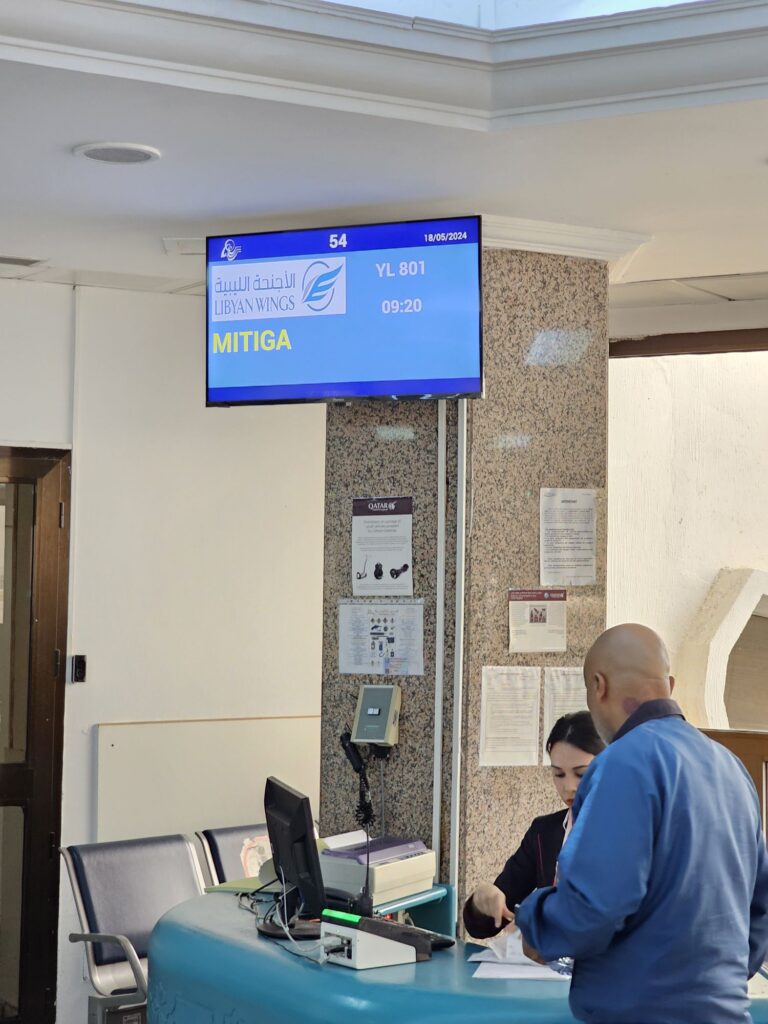
I traveled to Libya together with my friend Anna, also known as Anna Round the World. We already traveled together to Belarus last August and Libya was now the second trip we did together. Funnily enough, it was also the 172nd country on Anna’s personal road to 197.
At 11:30 a.m. our Libya Wings flight landed at the former Mitiga military airport in Tripoli. The capital of Libya has two airports, Tripoli International and the former military airport. Tripoli International airport was badly damaged during the civil war, so Mitiga has since been used as the new passenger airport. Apparently the word has been out for some time that Tripoli International will be reopening soon, but nothing has happened yet.
Several airlines fly to Libya, with Tunis and Istanbul being the two main airports for this connection. We were advised to fly with Libya Wings, as this is the most reliable airline. Sherwes specifically advised against Tunisair. The problem with Libya Wings is that you can’t buy tickets online directly from the airline. So either the tour operator does it or you buy it through a third party – in both cases you pay double or triple the price.
You can also buy tickets directly at the airport in Tunis. However, there is a risk that the flights will be sold out in the next few days. Therefore, it probably only makes sense if you are in Tunisia a few weeks before your trip to Libya or if you have a friend who can book it for you in Tunisia.
With a very manageable number of flights per day, you might expect immigration to be relatively quick. And it is. But only for Libyan passport holders. For us, it took forever. Our passports and e-visas changed hands frequently, and someone always ran off with them. Since the e-visa was only introduced a few weeks ago, the people at immigration seemed a little overwhelmed by the situation. At one point, they asked for my local contact, who later had to enter the immigration hall to work out the final details with the authorities.
Our guide’s name is Badran, a 40-year-old man, a freelancer in the tourism sector, assigned to us by Sherwes. But Badran is not alone. With him is another man who works for the tourism police. He and another man from the Ministry of Tourism, who joined us shortly after, were our constant companions for the next three days.
While it is theoretically possible to visit Libya without a guide, when you leave Tripoli you will need not only the permits but also an escort consisting of the two people mentioned above. Officially, this escort is there to protect the tourists, but in reality it is just a job without any added value. The guys don’t carry guns and could not really protect you if there was an attack.
In addition, the authorities must approve your itinerary in Libya in advance. Subsequent changes are not possible. That means you have to follow the itinerary in the exact order. We have chosen the classic three-day tour in the west of the country: Tripoli and the two archaeological sites of Sabratha and Leptis Magna. By the way, it has recently become possible to visit the east of Libya. However, we didn’t have time for this on this trip.
Before we set off, we checked into the Hotel Victoria, one of the most popular hotels among travelers. The hotel officially has 4 stars, offers solid rooms, a nice rooftop, free wifi and a more or less extensive breakfast buffet. It is not a 4 star hotel by European standards but it was actually a nice place. There is also a Four Points by Sheraton, a Radisson Blu and a Four Seasons. But most international hotel chains have left Libya since 2011.
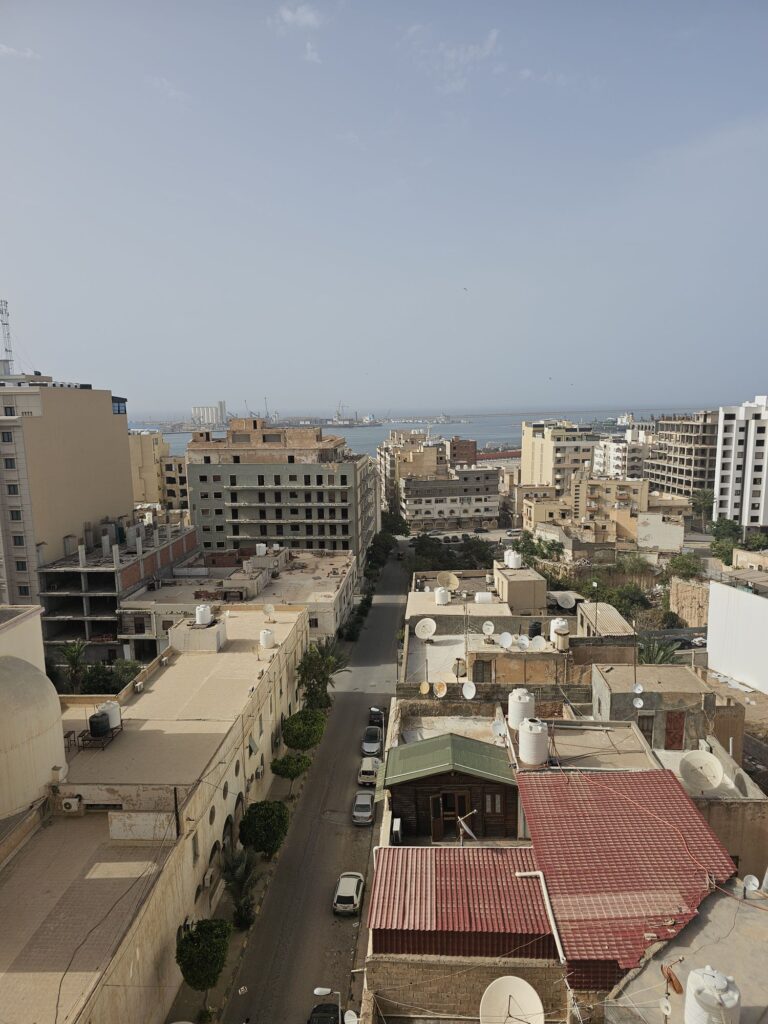
We spent our first day in the capital of Libya. Tripoli is a huge city with a population of three million, making it one of the largest cities in North Africa. As a result, the distances in the city are long and it always takes a while to get from one place to another.
In terms of sights Tripoli doesn’t really offer a lot. The city has about three or four places that you could call tourist attractions. These would be Martyrs’ Square, the Red Castle, The Arch of Marcus Aurelius and the Al-Majidya Mosque. We visited all of these places, as well as markets, notable streets and alleyways, cafés and restaurants.
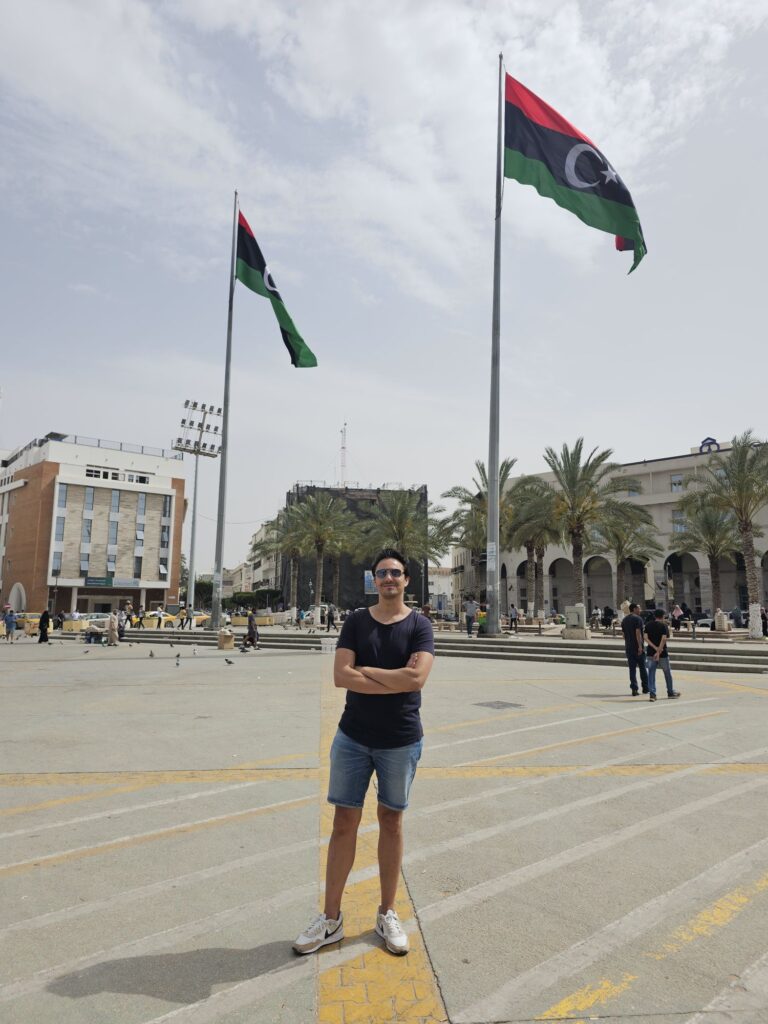
What immediately struck me about Tripoli is that the city (and Libya as a whole) is fairly conservative. At least, more so than the other cities I saw in Algeria, Morocco, Tunisia and Egypt. For example, I didn’t see a single woman without her hair covered. Shorts are okay for (male) tourists, but then you’re pretty much the only person walking around like that.
Italian influence is also evident in Tripoli. Libya was a former Italian colony and you can still see some of that in the architecture. One part of the city is called the “Italian part”, and there you can find buildings from the colonial era. On the other hand, you can also find the “Ottoman part” because the Ottoman Empire once included Libya.
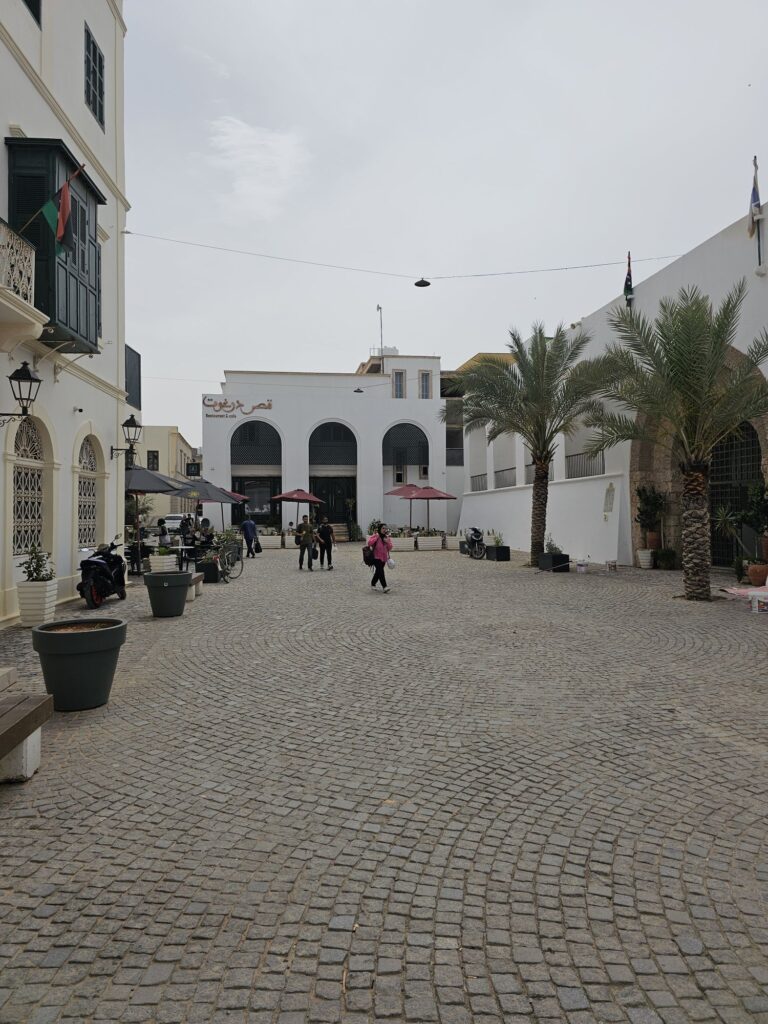
Of course, you can also see the Italian influence in the cuisine. Cappuccinos are omni-present. According to Badran, it is the best outside of Italy. I don’t quite share that opinion. It’s not bad, but the milk foam was always too thick for my taste. In my cappuccino ranking, Ethiopia and Eritrea are definitely ahead of Libya. And of course almost every European country…
Regardless of the quality of Libyan cappuccino, Libya and Italy continue to maintain a close partnership. According to Badran, Italy is Libya’s most important partner after Turkey. Gaddafi and Berlusconi were best friends back then, and the older generation in Libya still speaks Italian. I find it fascinating that people in the former Italian colonies still speak highly of the former colonialist today. Ask people in the former French or British colonies what they think of their former occupiers. The Italians, on the other hand, always seem to leave a positive impression.
Let me say a few words about Libyan cuisine: lots of rice, lots of couscous, shawarma, chicken, beef, lamb and specialties like sheep’s heads… I found the cuisine quite similar to that of other North African countries. Not bad, but not particularly remarkable either. There are plenty of international restaurants in Tripoli too. We went to a Lebanese and Turkish restaurant, both were good. And obviously, you will find plenty of pizza and pasta places.
By the way, you can’t use your international bank card in Libya, so you have to bring all your money in cash – dollars or euros. The tour we had was an all inclusive tour, so I didn’t need much extra money. We still went to the black market to change a few notes. Foreign currency trading is a big thing in Libya and, according to Badran, you shouldn’t take photos near the black market. I changed €15 there and at the end of the trip I still had about half of it left.
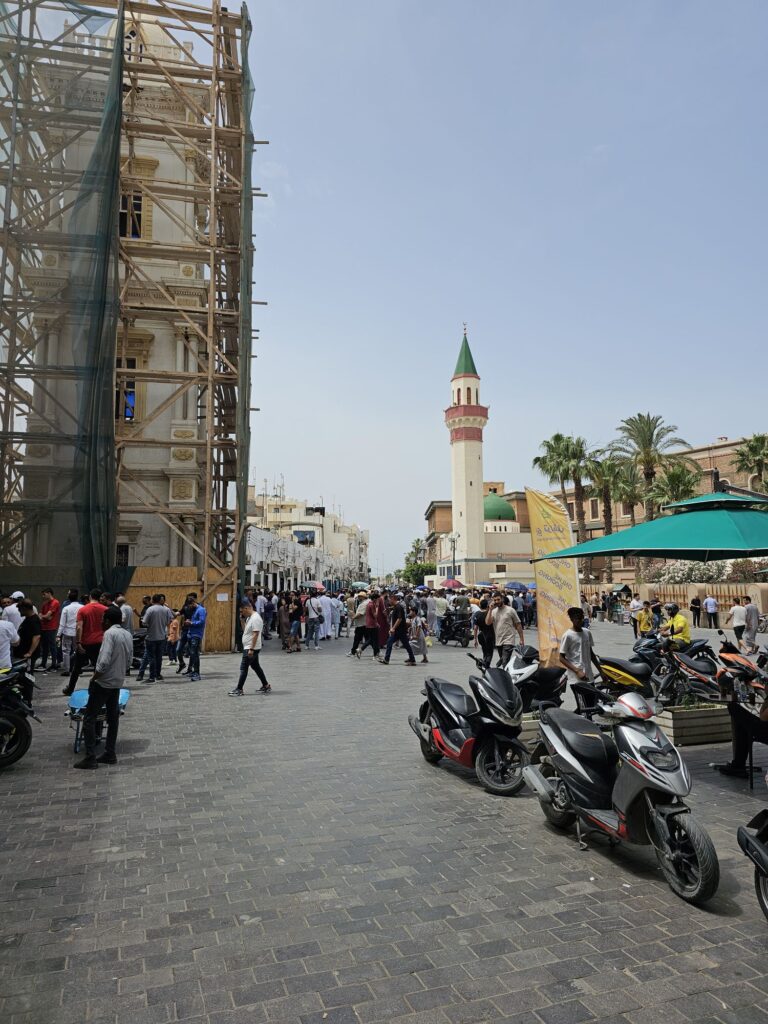
Libya is one of the cheapest countries I have ever been to. Unfortunately, this does not apply to the tours. I paid €1100 for three days. Considering the price level in the country, that’s a fortune. The tour companies claim that the permits are so expensive and the useless security escort also has to be paid with the tour price. Besides, I’m not sure how much of the money paid by tourists goes to Libyan authorities as baksheesh.
What else can you do in Tripoli? Drink coffee, smoke shisha, walk along the new beach promenade. I didn’t find Tripoli bad, but I liked all the other North African capitals better in comparison. How much time does one need for Tripoli? A full day is enough. Since Friday and Saturday are weekends in Libya, some places are closed on those days. Just so you know.

The next two days we visited the two archaeological sites of Sabratha and Leptis Magna, the two most important sights around Tripoli. The drive to both sites (one is east, the other west of Tripoli) takes about 90-105 minutes, and to visit the sites, both of which are UNESCO World Heritage Sites, you have to allow another hour or two.
“How much does a liter of fuel cost here?” I asked Badran. “Oh, we don’t count in liters. It’s practically worthless here. 20 liters cost about €0.50.” I was speechless. Libya’s economy is based entirely on oil. 90% of its income comes from the oil sector. It has the largest oil reserves in Africa. In principle, Libya would be a rich country. However, internal conflicts and political tensions are severely hampering growth.
Sabratha is the smaller of the two sites, and the showpiece is definitely the ancient theater. Best of all, you have these places practically to yourself. Libya is one of the least visited countries in the world. Before the civil war, just under 200,000 tourists came every year. Now it is probably just a few thousand. Until recently, Libya didn’t even issue tourist visas. You had to apply for a business visa and then you could go as an “oil consultant” or something like that.
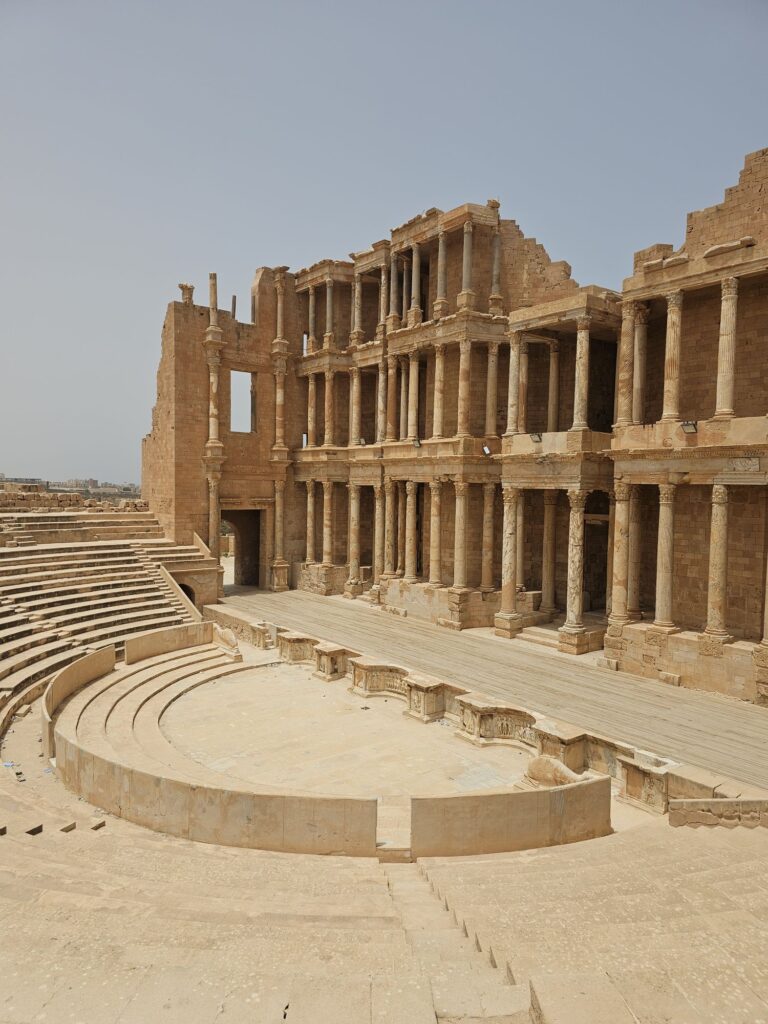
As I said, it takes about 90 minutes to see the whole of Sabratha. We cut it a little short because the heat was absolutely brutal. The temperatures were unusually high for May, it felt more like August. It was 38°C and it got even worse the day after when we went to Leptis Magna.
While I don’t recall anyone asking to see our permits in Sabratha, they were checked several times on the way to Leptis Magna. By now we even had another security escort in addition to the two gentlemen who had been in the car with us the whole time.
By the way, on the first day of our trip, Badran said that we might have to swap the days on which we would visit Sabratha and Leptis Magna, although I actually assumed that it was not possible to change the itinerary. He said that there had been shootings between militias near Sabratha and we might want to wait a day before going to that region. To this day, I have absolutely no idea whether this was true or whether Badran just wanted to add a little spice to the trip.
Leptis Magna is the bigger of the two Roman ruins. And in my opinion the better one. On the one hand there’s more to see and on the other hand it offers even more wow-effects. We also saw a few (international) tourists in Leptis.
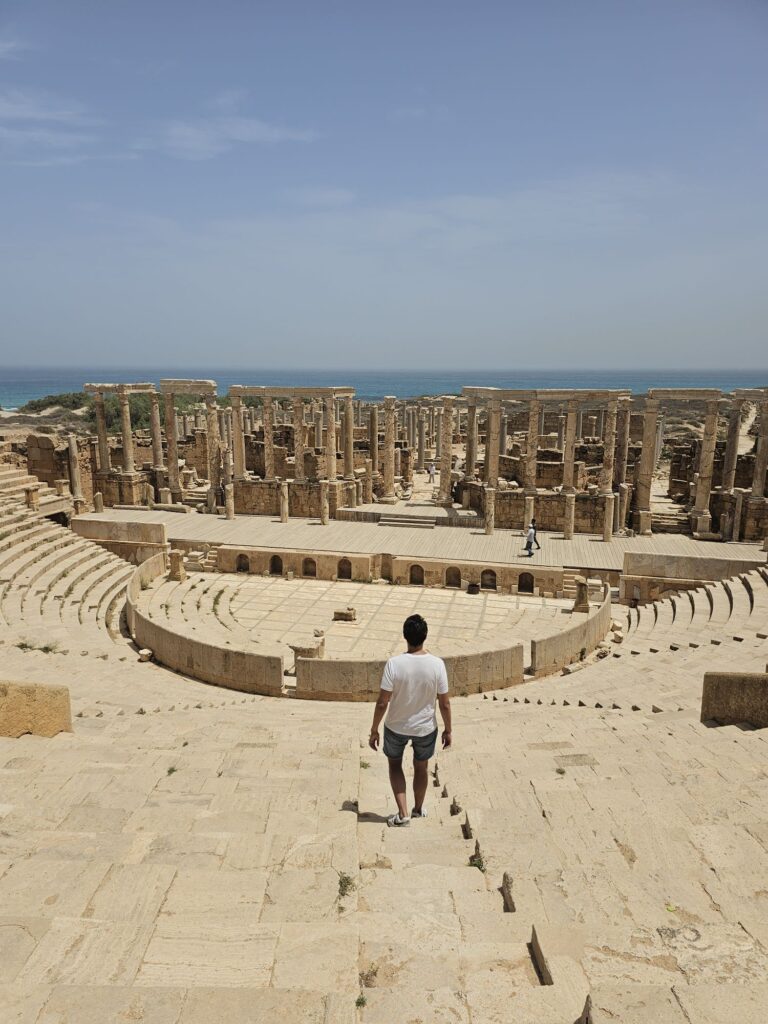
It would take a good two hours to see everything in Leptis. We did it in a hurry, even faster than in Sabratha. The heat was unbearable for me that day and made me dizzy. I was dehydrated and under such circumstances Leptis Magna was not really fun.
Looking back, we were a bit unlucky with the weather in Libya. Two out of three days it was close to 40°C and as soon as we left the temperatures dropped back to a pleasant 26-28°C, which is normal for Libya in May. But hey, I’m not complaining. After all, I’d rather have it hot than a few rainy days (or think of the floods in Libya last September).
One can visit both Sabratha and Leptis Magna as a half-day trip, or Leptis perhaps in six hours maximum. Some people have even visited both sites in one day, which I think would be a bit of an overloaded day, but not impossible. I thought our stay in Libya was just right, with two half days in Tripoli and two half days for the archaeological sites.
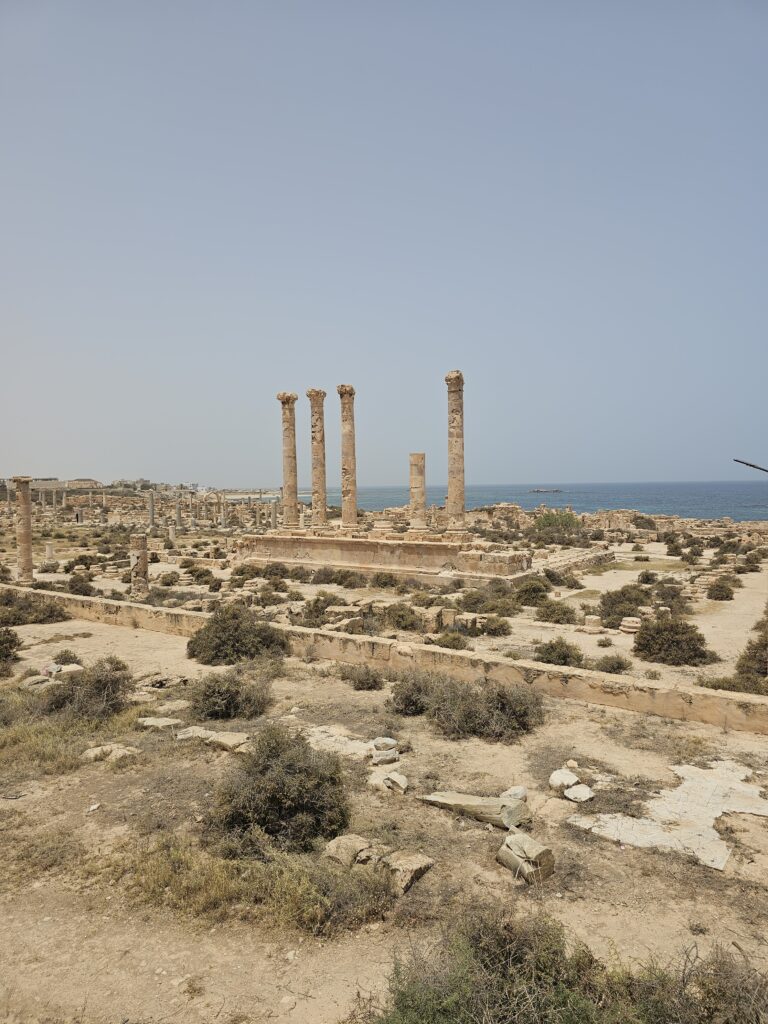
Leaving the country was just as cumbersome as arriving. Our passports and e-visa changed hands countless times. Even when we were at the gate, someone came to check our passports again. Somehow Libya doesn’t seem to have a clear idea of how to deal with tourists at the moment. It was annoying.
What can I say about this trip to Libya? If I had to rate Libya, I would give a 6/10 based on what I saw. It was basically three good days, which were fun apart from the heat. Tripoli was okay, the two Roman ruins are even world-class tourist attractions. Simply without tourists, because they are in Libya.
Finally, it has to be said that Libya is not really a tourist destination today. The good thing is that because there are so few tourists in Libya, there are very few people who practice “tourist harassment” as a profession, as is often the case in other North African countries. I found the Libyans we met on the street to be very nice and hospitable.
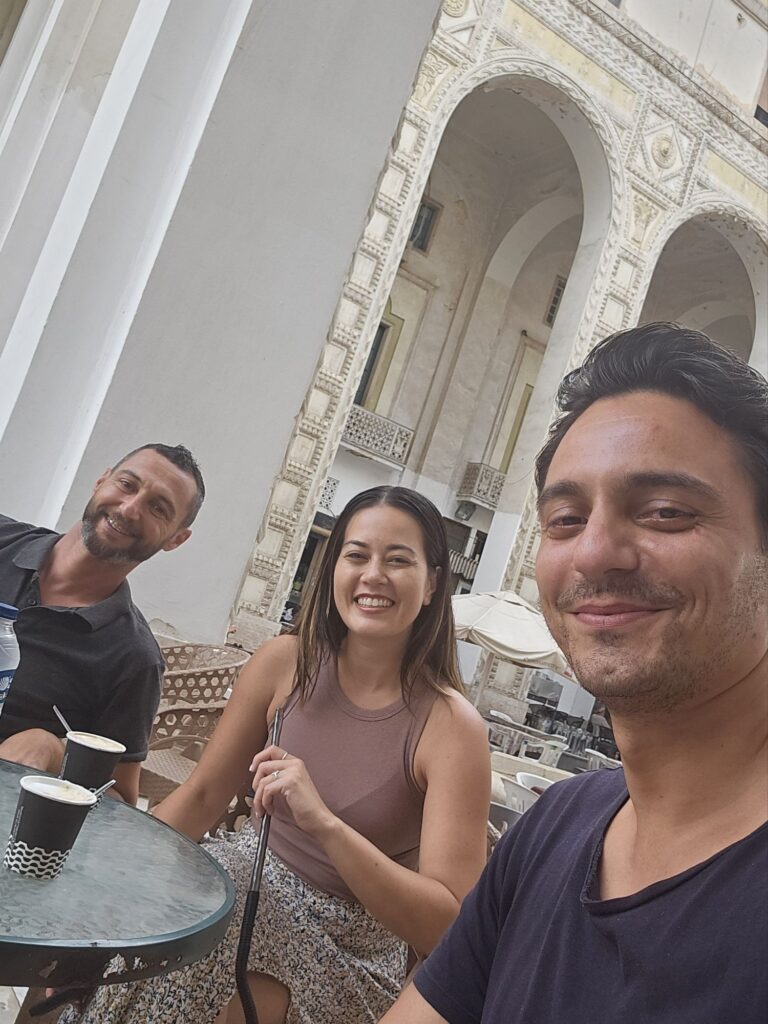
What about security? Honestly, I have never felt unsafe. But it’s usually the case that you feel safe… until something happens. But I would say that the risks in Libya are relatively low these days. Libya is no longer one of the five most dangerous countries in my opinion.
Libya will still stay in my memory as the most difficult country so far. Not that it was super-difficult. But my first trip last year was canceled two weeks before the start (and replaced by Angola at short notice). This year, I waited almost three months for my visa, which has still not been approved or canceled, and my e-visa only arrived shortly before the trip. Sometimes, I thought that this trip was no longer going to happen.
However, I also hear again that Libya has probably stopped issuing e-visa, as it seems that no e-visa has been approved for weeks now. Somehow typical for Libya. They already introduced a tourist visa on arrival in 2023, only to suspend it again a few weeks later. With this in mind, I wish everyone who wants to go to Libya the best of luck. Hopefully the country will finally decide to open up for tourists soon…
Click here to find the trip reports of the 180+ other countries I have visited so far!
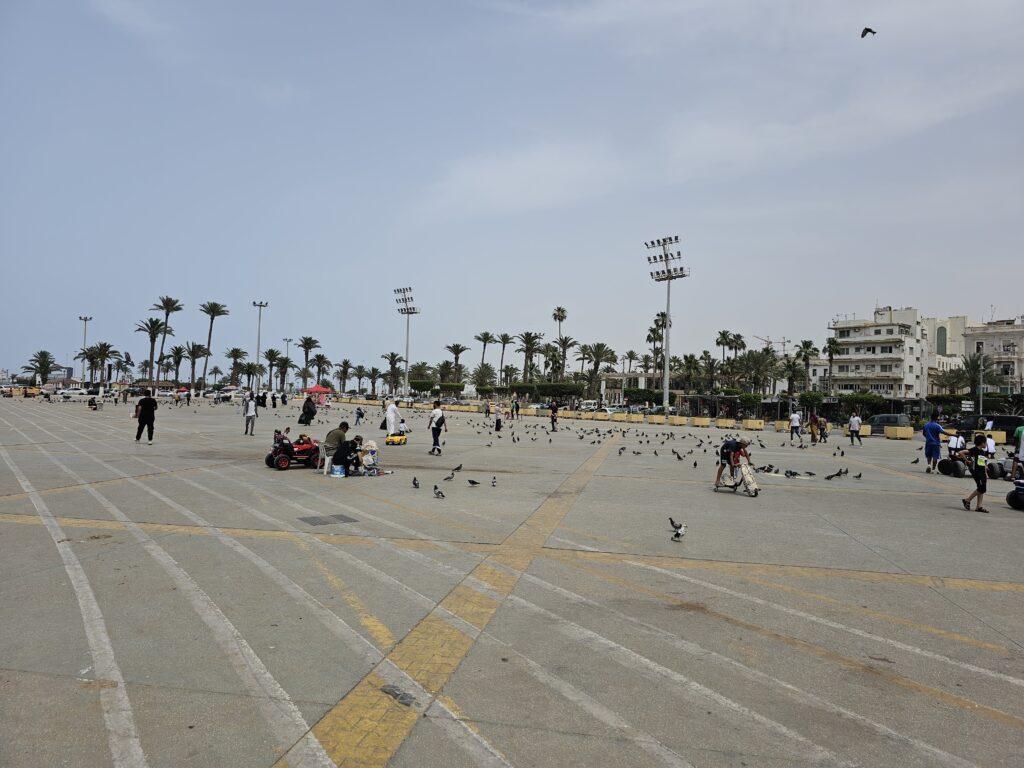
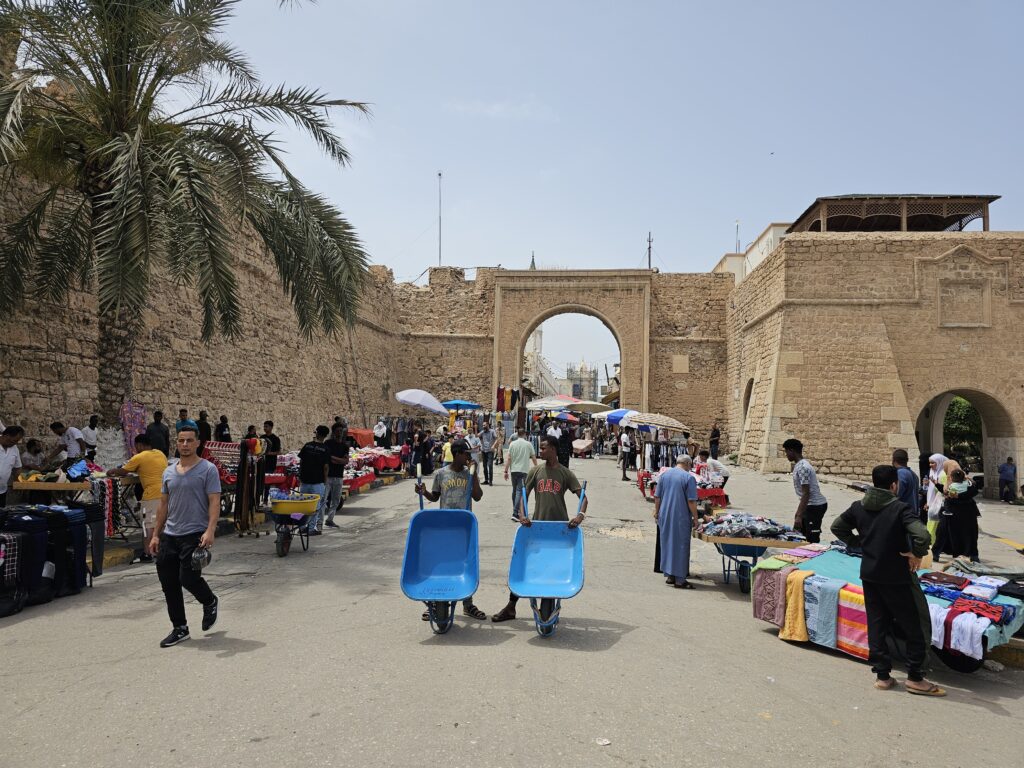
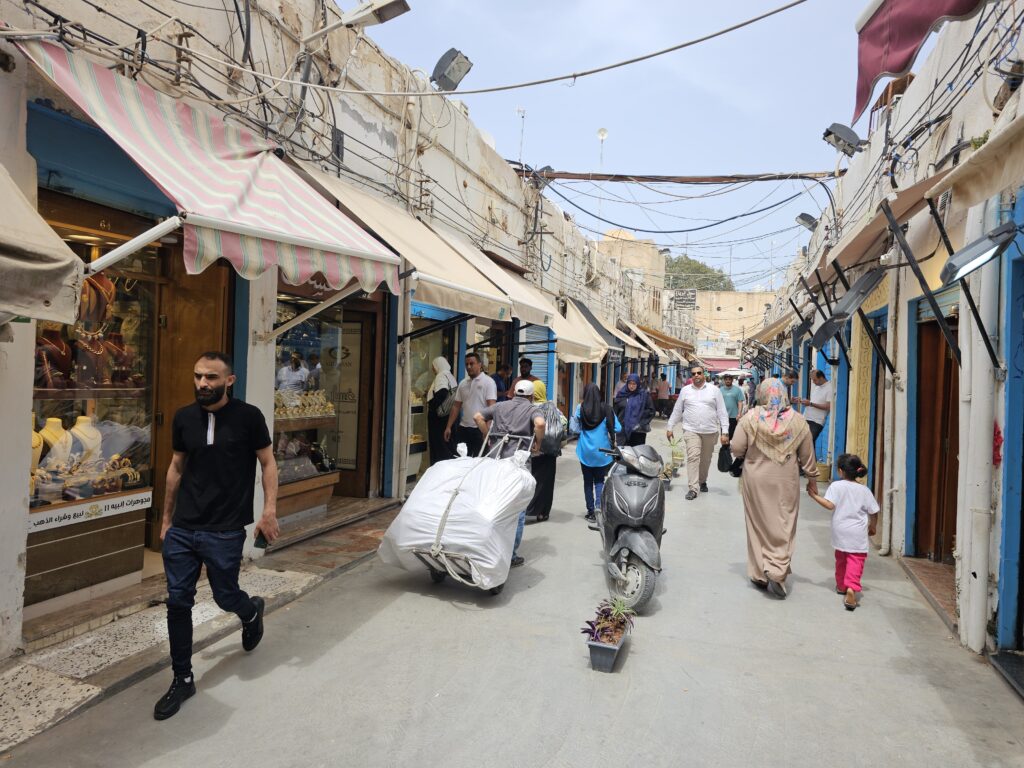
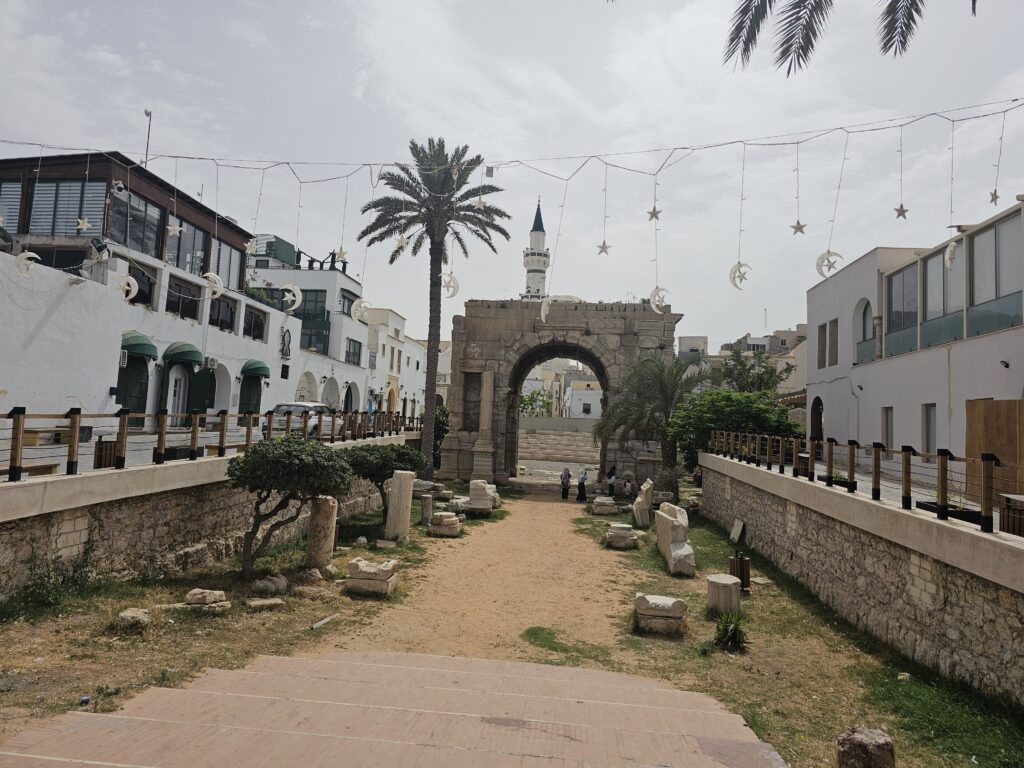
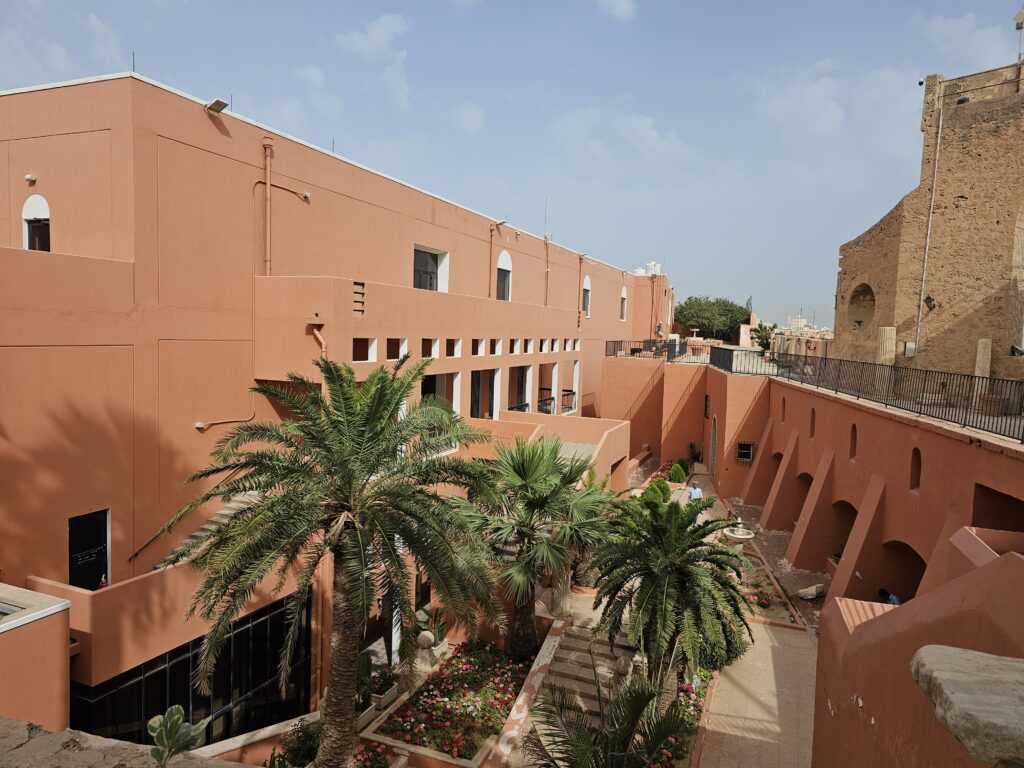
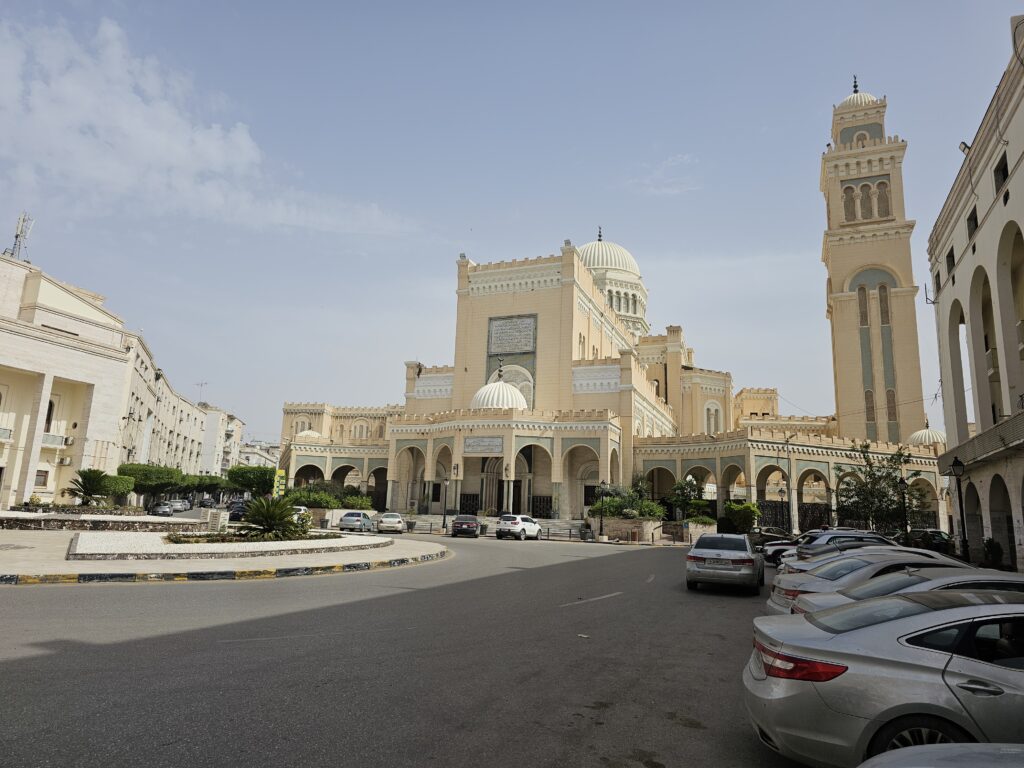
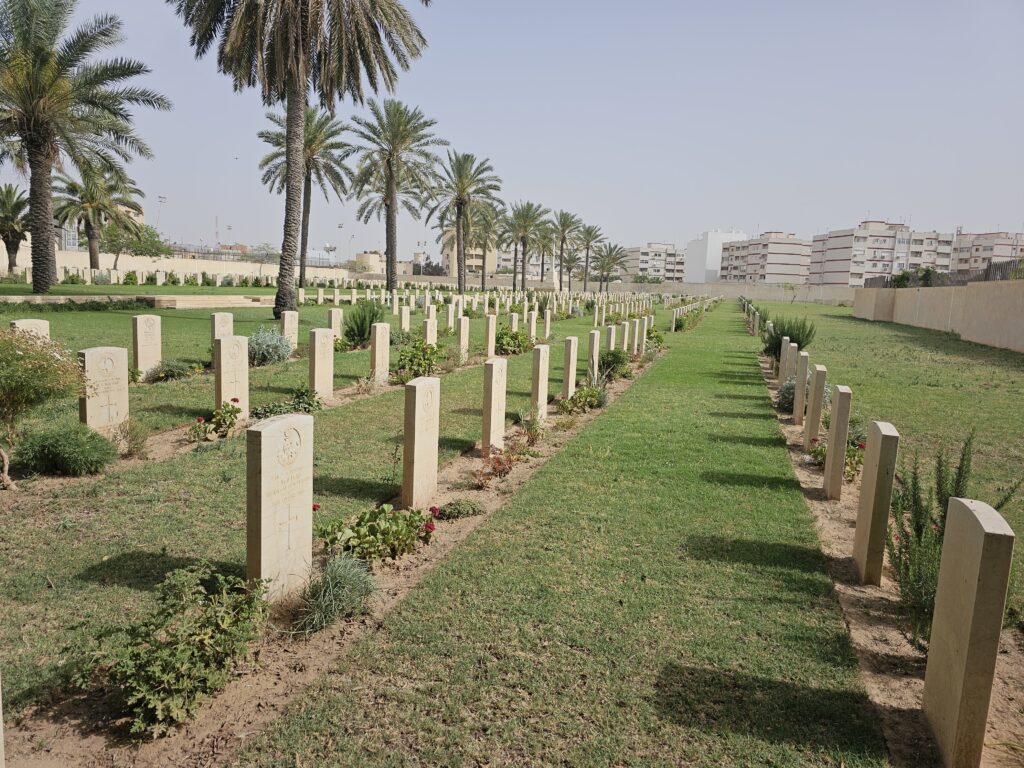
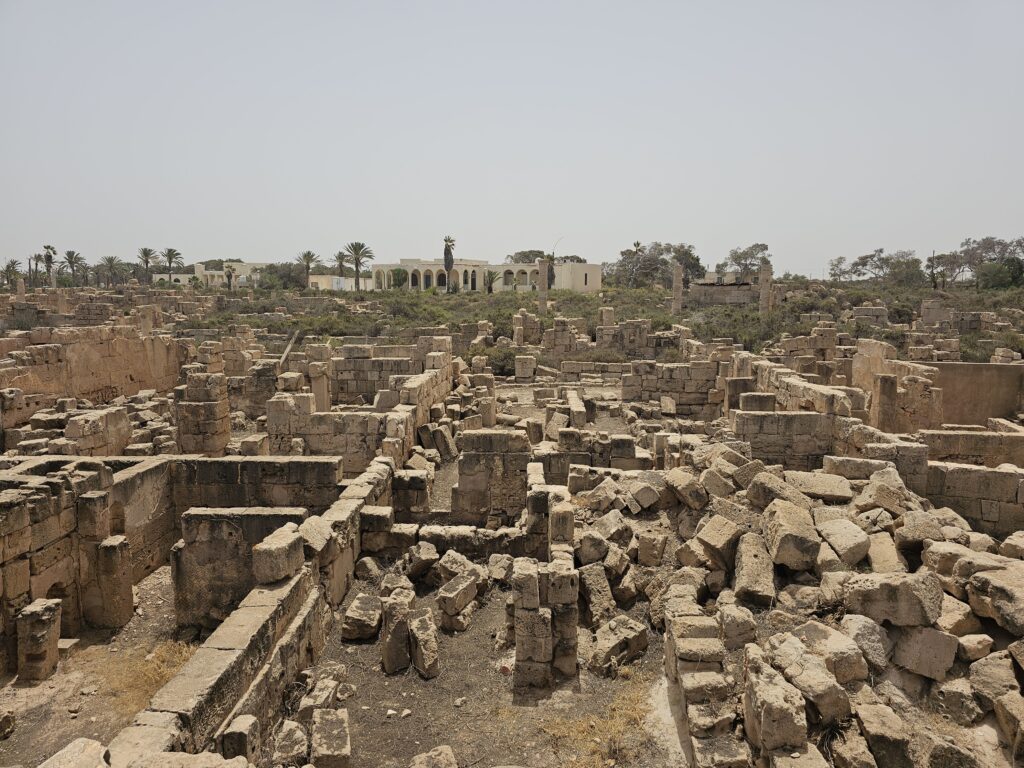
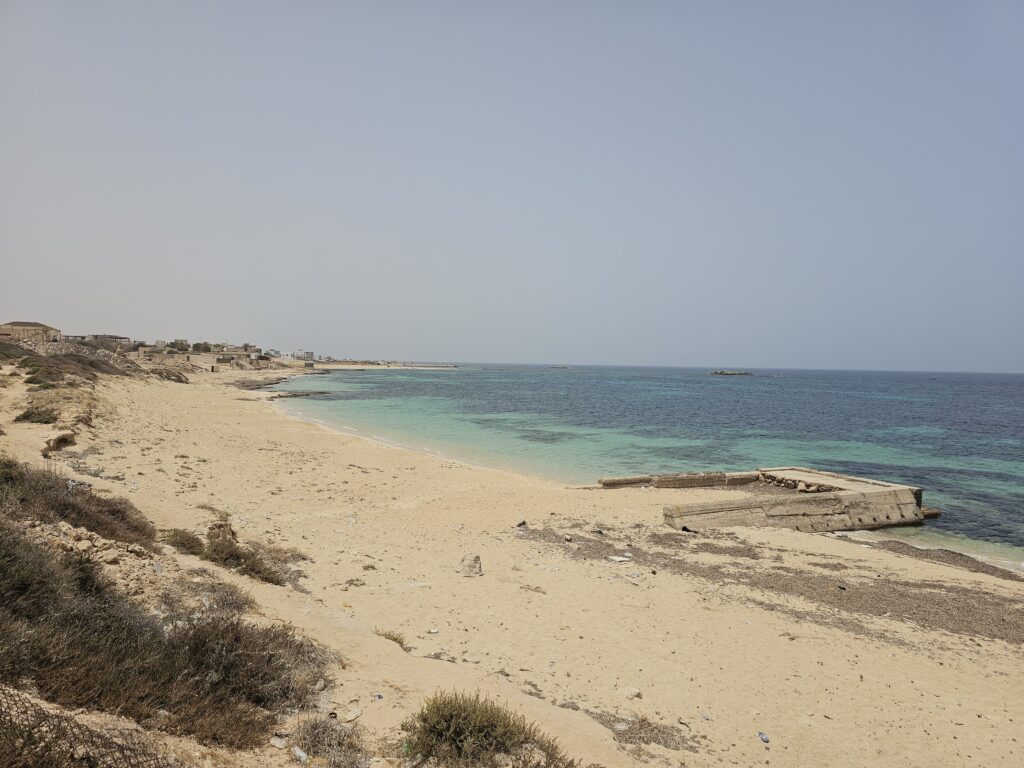
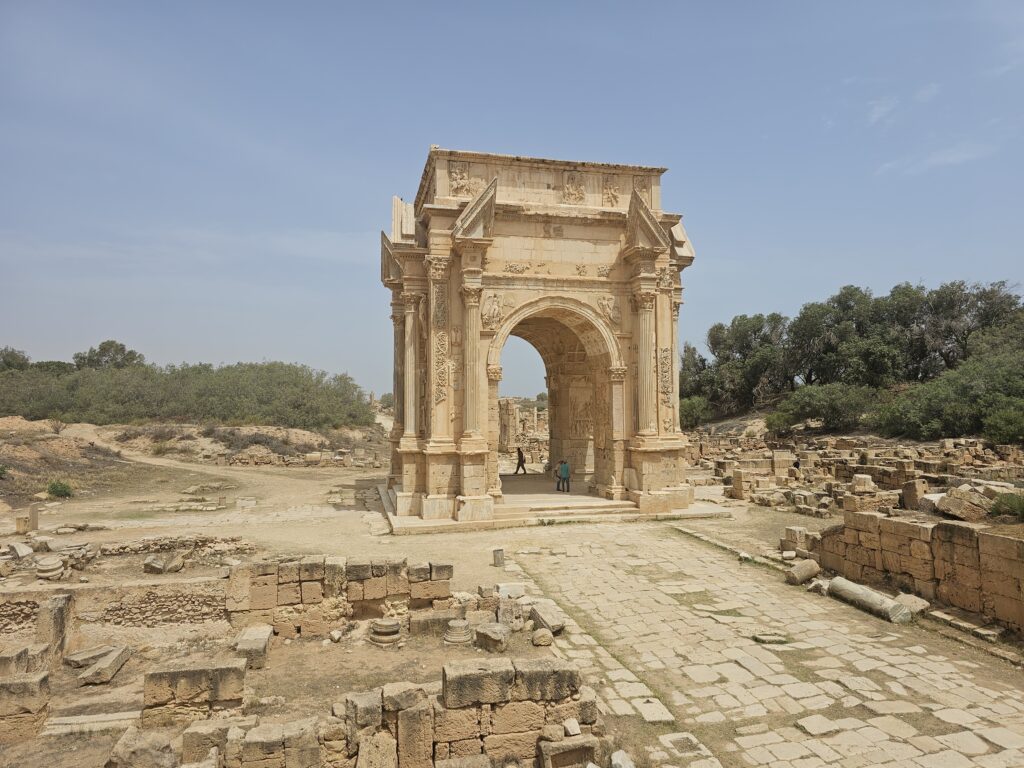
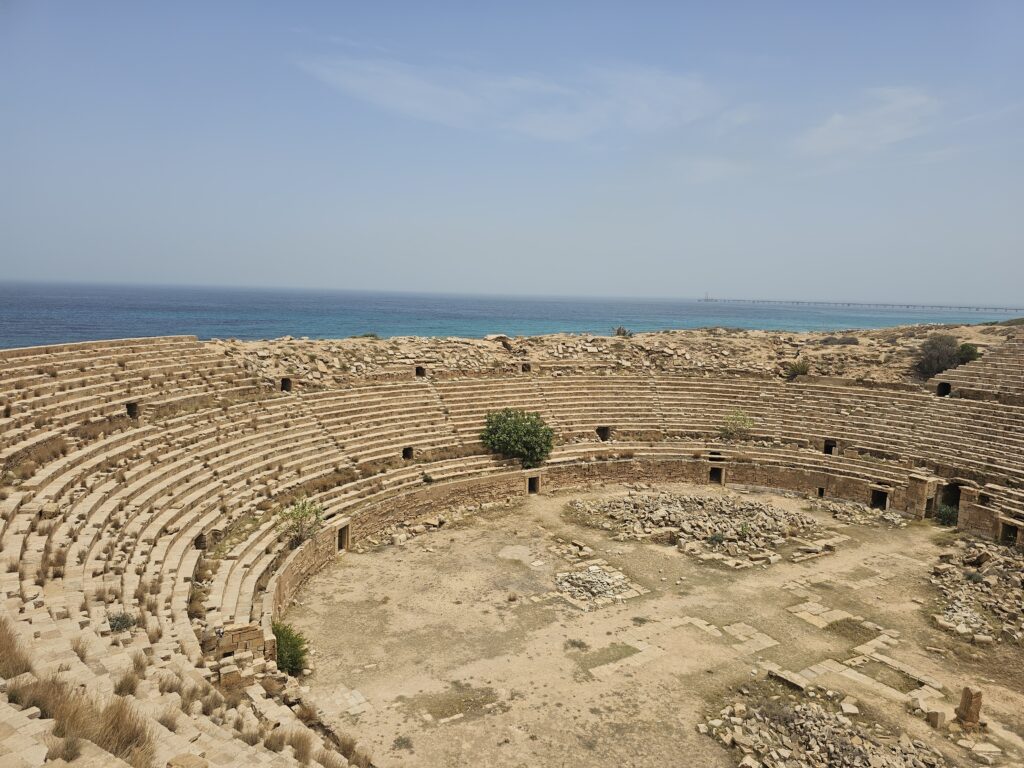
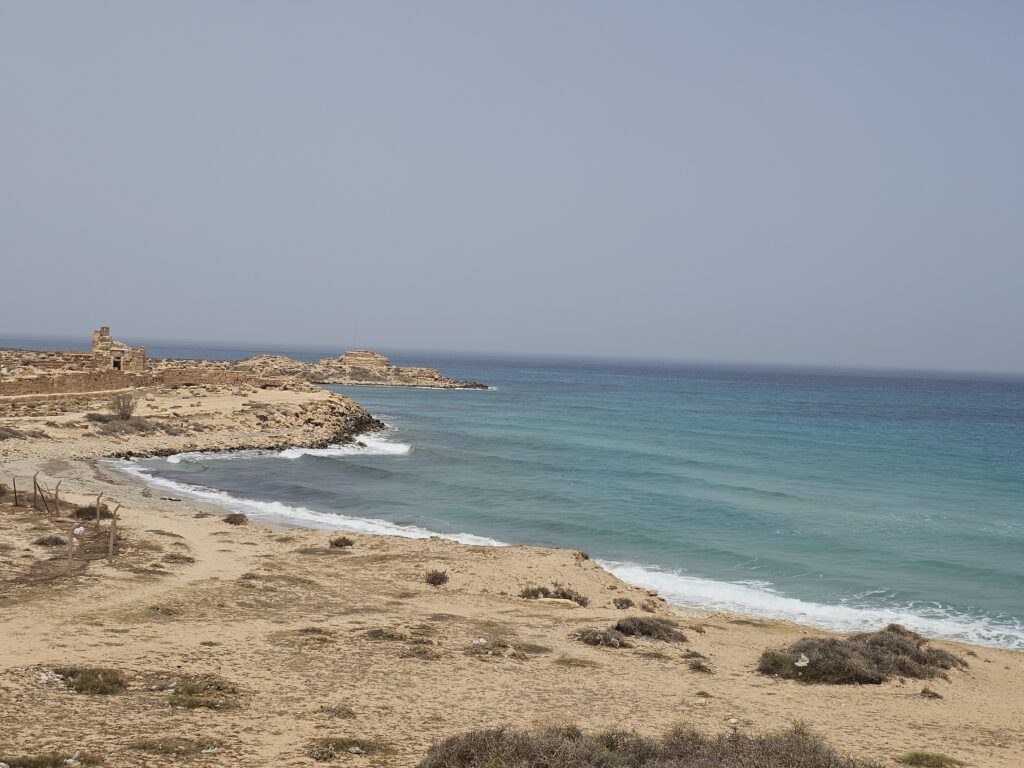
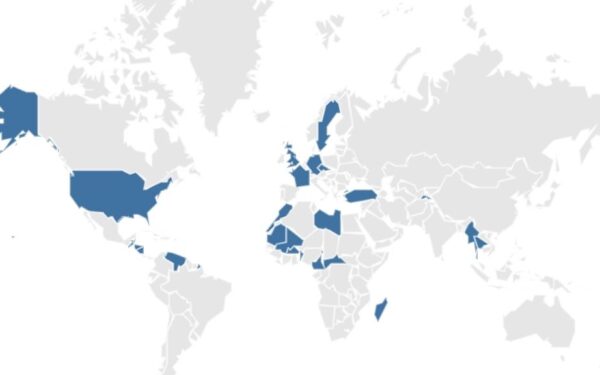
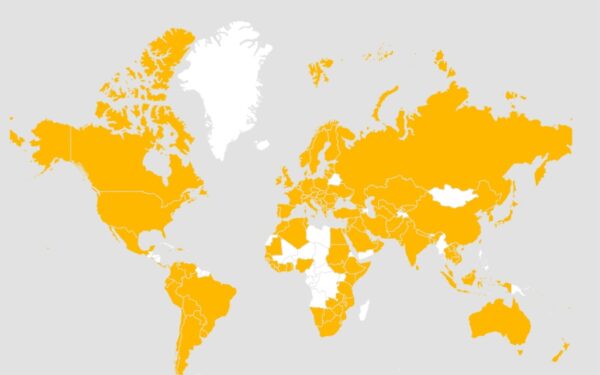
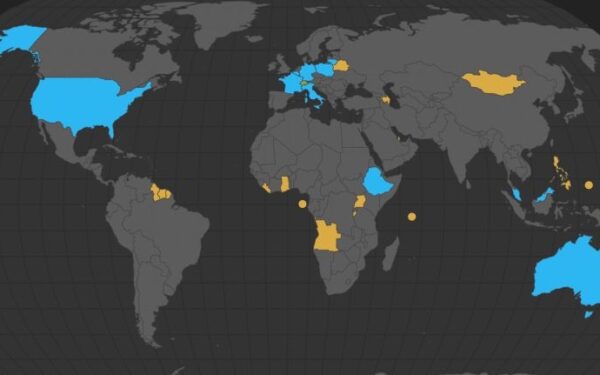

Great report , however libyan traditional is quite different and some of the restaurants don’t offer real Libyan food or might your guider not libyan or not familiar with areas, try homemade food is the best
# any one needs local guider or any assistance in Libya contact me through my Email : badr89y@gmail.com
+218-92-5919782